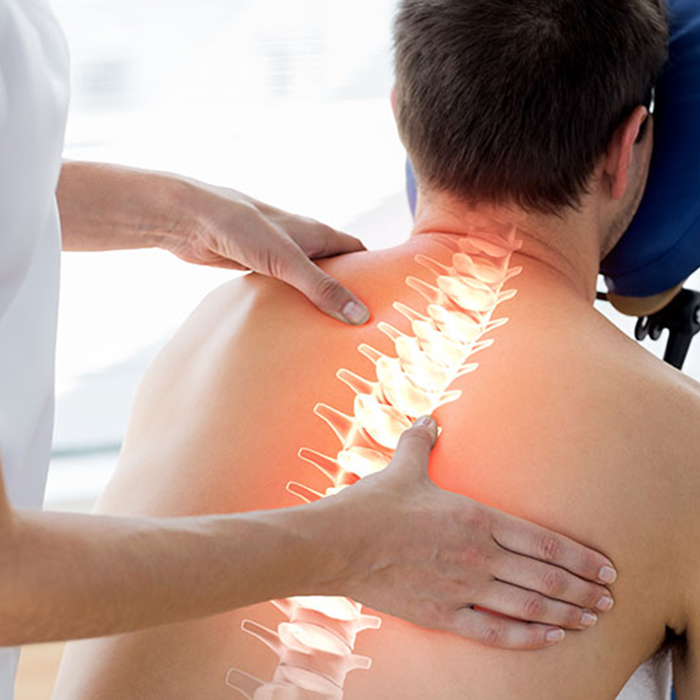Hands-on Assessment for Health and Vitality A headache might feel like a bone bruise of the temporal bone to an Integrative Manual Therapy practitioner. That same headache can look like an energy disturbance in the tissue to a Reiki master. The headache might smell pungent to an acupuncturist. So, which is the “real” headache? The […]

